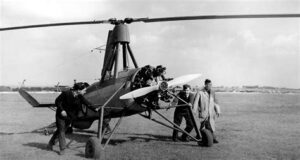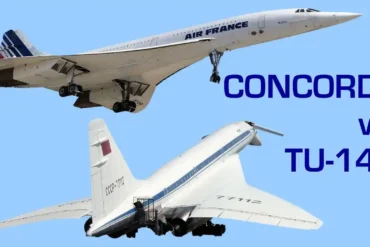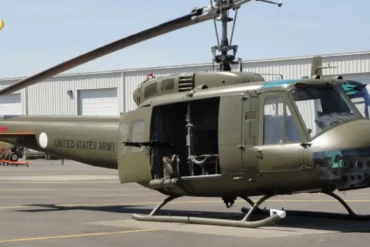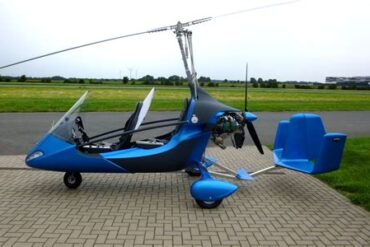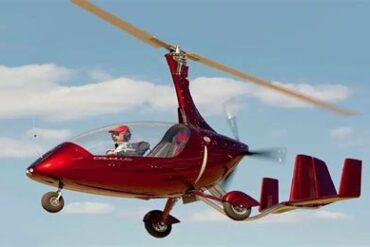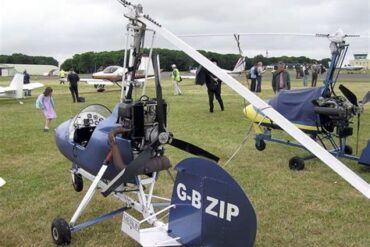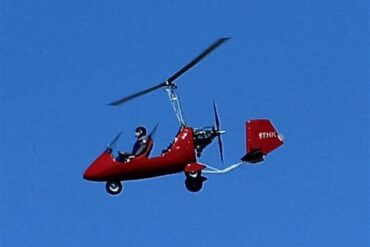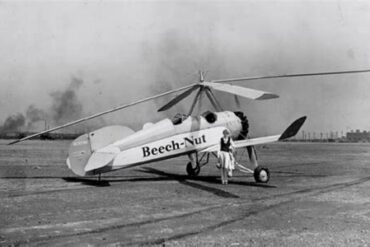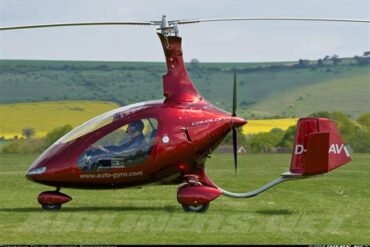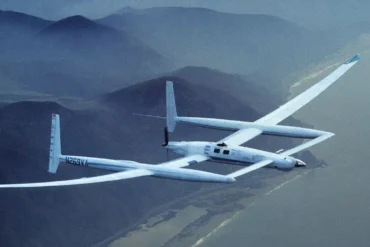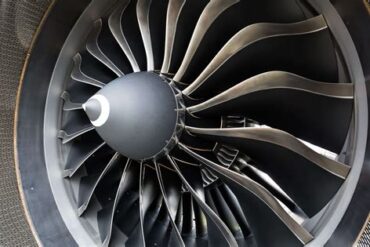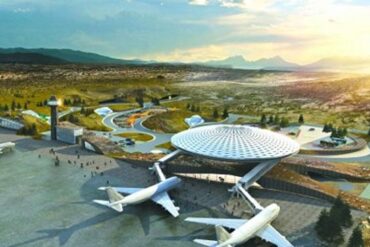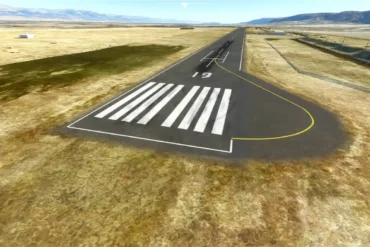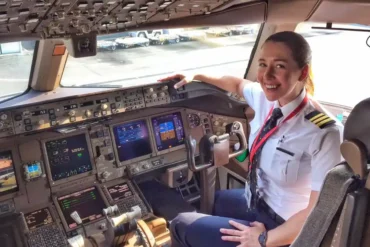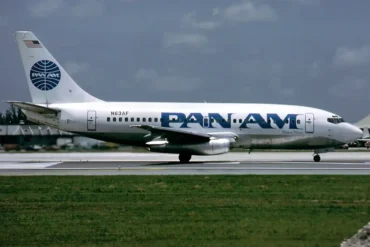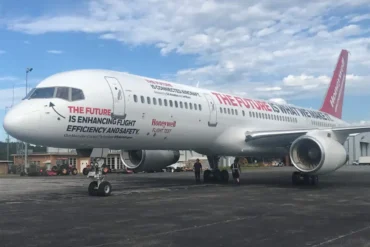The autogyro, also known as the gyrocopter, was a pioneering aircraft that emerged during the early 20th century. It played a unique role during World War II, showcasing its capabilities in various military applications. This article delves deep into the history, design, and operational use of autogyros during this pivotal period in aviation history.
The Origins of the Autogyro
The concept of the autogyro was developed by the Spanish engineer Juan de la Cierva in the 1920s. He sought to create a flying machine that could combine the advantages of both fixed-wing aircraft and helicopters. The autogyro features a free-spinning rotor that generates lift, while a separate engine-driven propeller provides thrust. This design allows the autogyro to take off and land in shorter distances compared to conventional airplanes, making it an attractive option for military applications.
Design and Features
The autogyro’s unique design offers several advantages:
-
Lift Generation: The rotor blades, rotating freely, produce lift even at low speeds, allowing for better performance in tight spaces.
-
Stability: The aircraft is inherently stable due to its center of gravity and rotor dynamics, making it easier to control, especially during landing.
-
Versatility: Autogyros can be used for a variety of missions, including reconnaissance, observation, and light transport, thus proving their utility in diverse military roles.
Notable Autogyro Models
Several models of autogyros were developed during World War II, each with unique features:
-
Cierva C.30: This model was one of the first autogyros to be used by military forces. It featured a cabin for two and was powered by a 120-horsepower engine. Its design allowed for exceptional maneuverability, making it suitable for reconnaissance missions.
-
Kellett Autogyro: Developed in the United States, this model was used by the U.S. Army during the war. Its ability to operate from short runways and rugged terrain made it ideal for front-line operations.
-
Focke-Achgelis Fa 330: A German design, the Fa 330 was intended for use on submarines. It could be towed behind a submarine to provide aerial reconnaissance and was used in several naval operations.
Operational Use During World War II
Reconnaissance Missions
One of the primary roles of autogyros during World War II was in reconnaissance. Their ability to fly at low altitudes and slow speeds made them perfect for gathering intelligence on enemy positions. For instance, the Cierva C.30 was deployed by the British Royal Air Force for this purpose. Pilots could survey enemy lines, observe troop movements, and relay crucial information back to command centers.
Artillery Spotting
Autogyros also proved invaluable in artillery spotting missions. By flying low and slow, they could accurately direct artillery fire onto enemy targets. The Kellett Autogyro, used by the U.S. Army, was equipped with radio equipment to communicate with ground forces, ensuring precise targeting of artillery units.
Transport and Supply
In addition to reconnaissance and artillery spotting, autogyros were employed for transport and supply missions. Their ability to land in confined areas allowed them to deliver essential supplies to troops in remote locations. This logistical advantage was crucial, especially in the rugged terrains of the Pacific and European theaters.
Challenges and Limitations
Despite their advantages, autogyros faced several challenges during World War II:
-
Speed and Range: Autogyros were generally slower than fixed-wing aircraft and had limited range. This limitation hindered their effectiveness in certain combat scenarios.
-
Vulnerability: Their low-speed and low-altitude operations made them susceptible to enemy fire, particularly from anti-aircraft guns and fighters.
-
Technical Challenges: The technology was still developing, and maintenance of autogyros could be more complex than that of traditional aircraft, leading to operational issues in some instances.
Post-War Influence and Legacy
After World War II, the autogyro’s popularity waned as helicopters gained prominence in military aviation. However, the principles of flight established by autogyros influenced future helicopter designs. The unique rotor systems and control mechanisms pioneered by autogyro engineers have left a lasting impact on vertical flight technology.
Modern Autogyros
Today, autogyros are experiencing a resurgence in interest, particularly among aviation enthusiasts and in specialized applications such as law enforcement and agricultural monitoring. Advances in technology have enhanced their performance, making them safer and more efficient than ever before.
Conclusion
The autogyro played a unique and significant role during World War II, serving as a versatile platform for reconnaissance, artillery spotting, and logistical support. Its innovative design and operational capabilities showcased the potential of vertical flight technology long before the advent of modern helicopters. As we reflect on the contributions of the autogyro, it is clear that this remarkable aircraft has earned its place in the annals of aviation history.
